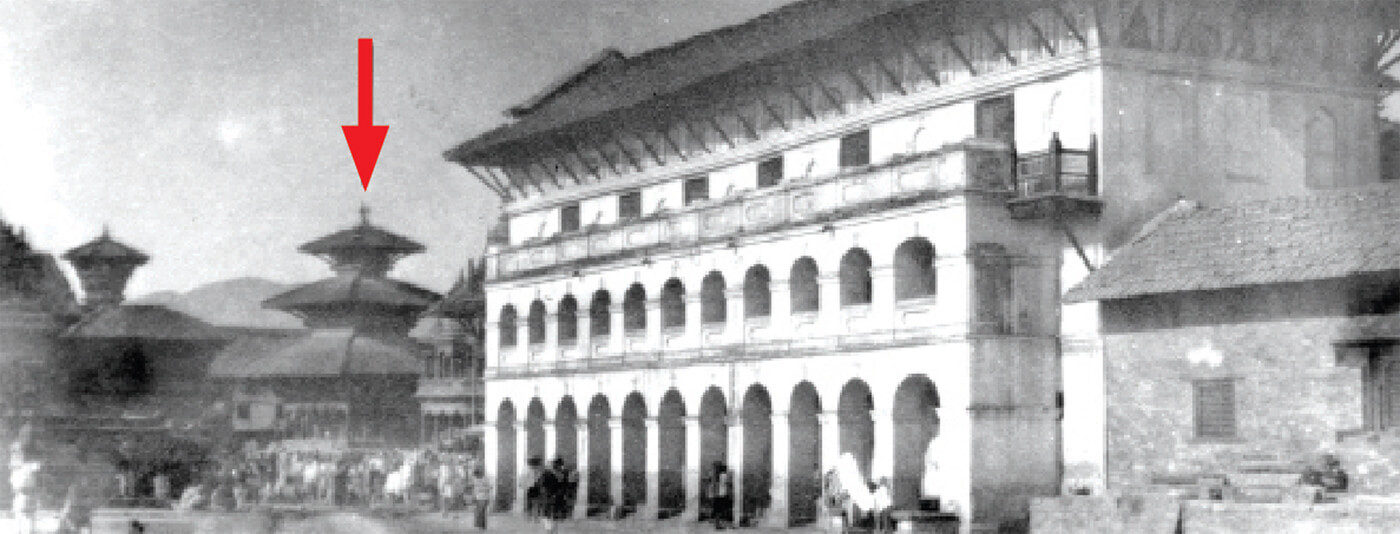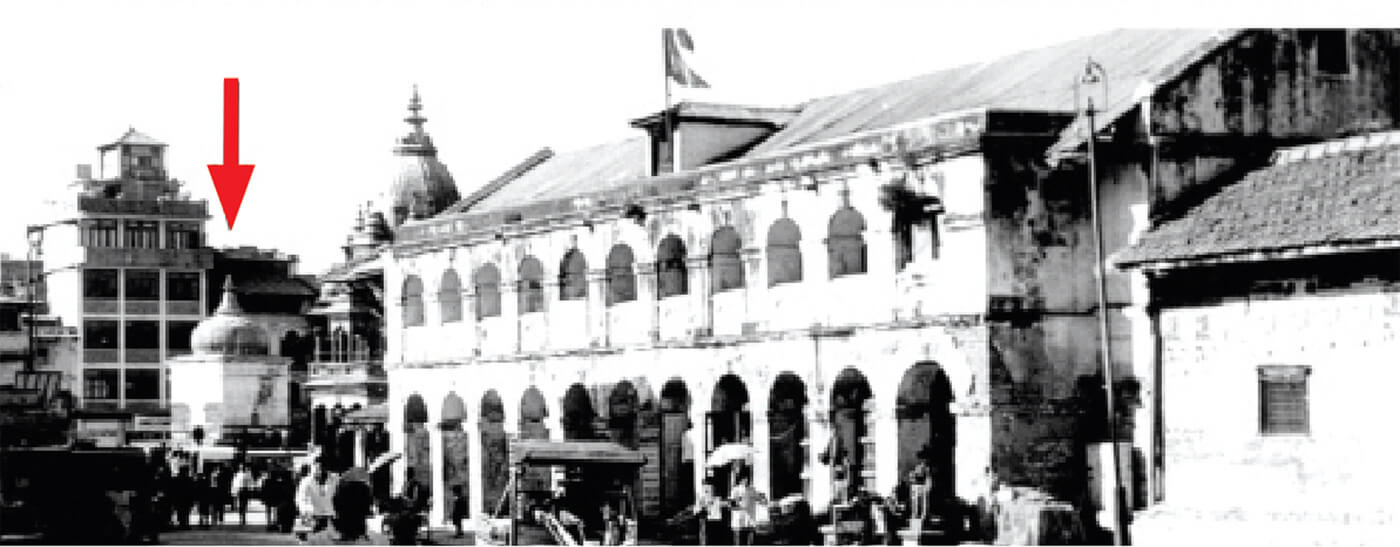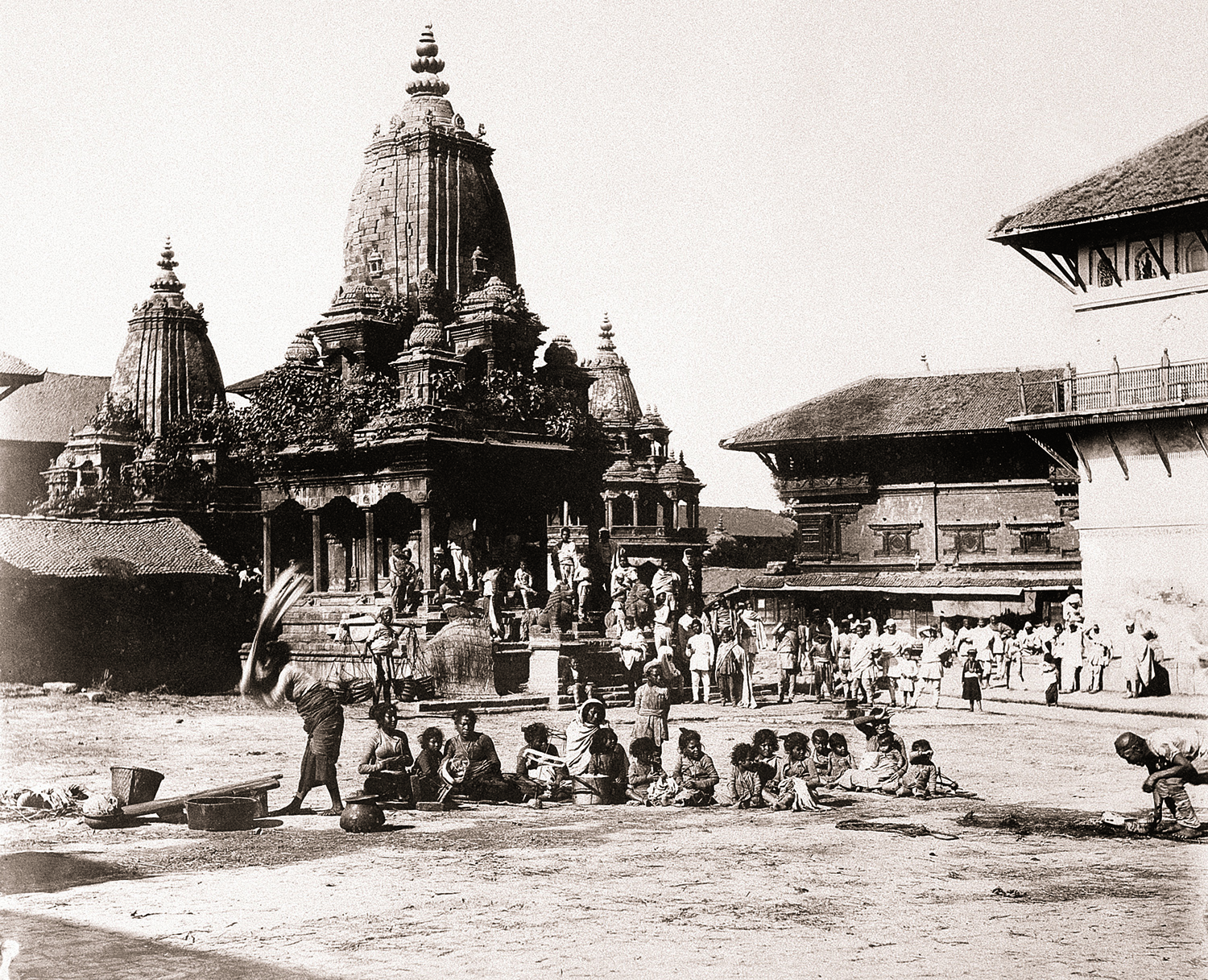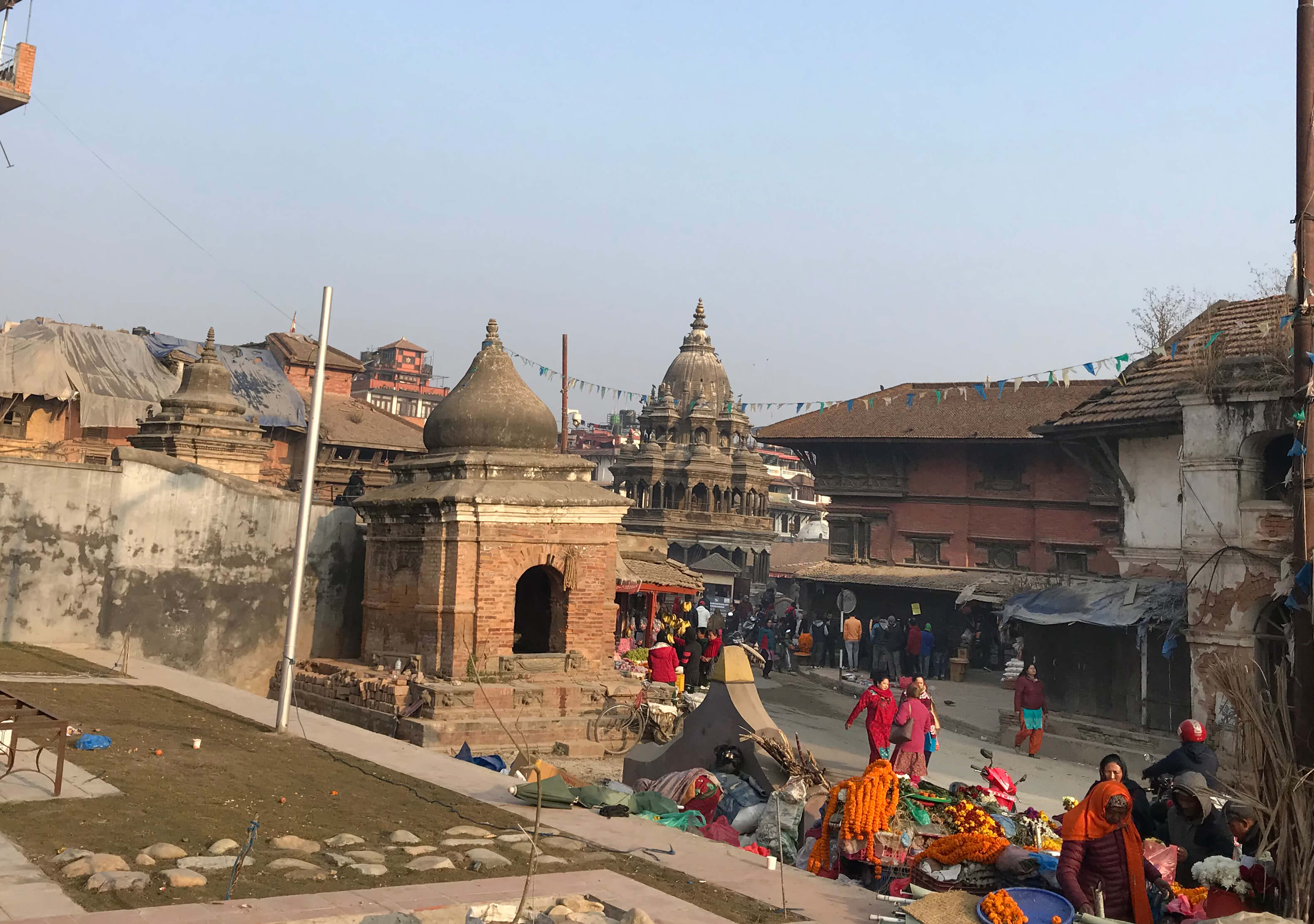Kathmandu’s temple restoration after 1934 quake


The 8.3M earthquake that struck at 2:28PM on 15 January 1934 was the last major quake to hit Kathmandu before the 2015 Gorkha earthquake. Nearly 17,000 people were killed in Nepal and India.
The disaster is commemorated in Nepal every 15 January as National Earthquake Safety Day.
The Rana rulers at the time went about quickly rebuilding the heritage sites, with many thinking even today that the reconstructions closely resembled how the monuments looked before 1934. However, evidence indicates otherwise.
“It may not be evident to the naked eye, but upon closer inspection one can see there are many anomalies in the way the reconstruction was handled after the 1934 earthquake,” says Rohit Ranjitkar of KVPT, who is documenting the changes and is working on a book about the same.
Following the earthquake, rebuilding Kathmandu Valley was of utmost priority as it was the capital and had faced severe damages. Engineer Dilli Jung Thapa, who was 93 years old when Ranjitkar met him in 1990s, was tasked with the project.
“According to him, the rulers had given a timeframe and the job was expected to be completed within that period," says Ranjitkar. "So, replicating them to look as they did in the Malla era was not possible. Temples around the palace complexes were given more priority, and materials from the peripheral monuments were used to rebuild them."
Read also: The historic Kathmandu beneath our feet, Sahina Shrestha
When KVPT was renovating seven temples in the Kathmandu Darbar Square around 2007, they found that the struts used in the Narayan temple east of Kaal Bhairav were taken from other temples around it.
In Patan, the Taleju Temple and the wings of Sundari Chok also have struts from other monuments. It is difficult to track their origins now because of lack of documentation.
Using materials from one temple to reconstruct another also means that many temples lost their true forms or their history was completely erased.
In Bhaktapur, while the city rebuilt the Bhairav temple in its original size, four temples in the Darbar Square were rebuilt as a one-storeyed structure, and four other buildings were never rebuilt.


A black and white photo of Patan Darbar Square taken by Kurt Boeck in 1890 shows three shikhara-style stone temples. Only one, Chaysin Dega is still around in the original style. Materials from the other two, a Shiva temple and a Narayan temple, were used in rebuilding it.
Further, individual materials from temples were not only used to rebuild structures in the same area. Some travelled in-between the cities too.
For example, in the 1980s when the Germans were helping with the reconstruction of Bhaktapur, they found that the Chyasalin Mandap, which had collapsed nine hours after the 1934 earthquake, was missing its original pieces.
The priests knew that parts of the building had been recovered and were used elsewhere. They finally located the former chauffeur of the-then governor who reported that 32 roof struts with depictions of Krishna had been transported to Kathmandu to be used in the New Road Gate.
According to an article by Niels Gutschow and Götz Hagmüller, they also found that the pillars, consoles, capitals and pedestals from the pavilion had been used as timber to construct a one-storeyed arcade in Sallaghari.
The capitals had been shortened and lintels shred to pieces. Some of the pieces that had been preserved were reused in the reconstruction of the Chyasalin Mandap, but the struts from Kathmandu could not be returned.
The team deliberately refrained from copying the design of the struts, and the roof was reconstructed with plain timber. They hoped that in the long-run, the components may be recovered.
In Patan the once Shikhara-styled Shiva temple and Narayan Temple today are housed in stucco-dome style structures. As was the Bhaidega Temple after the original three-story structure fell down, but it is currently being rebuilt in its original style and design.
The north wing of Mulchok, the largest and oldest of the three main choks in Patan Darbar was also damaged by the earthquake. During the renovation, the intricately carved window was replaced by another much simpler wooden window which can be seen today.
Old photos also show that the dabali north of the Gaddhi Baithak actually had houses which did not go down completely but were later cleared to make the open space as we see it today.
There is also photographic evidence of the original three-storeyed Patan District Court House. Nonetheless, after the top floor was damaged in 1934, it was renovated as a two-storeyed structure.
Currently, there are plans to reconstruct the wing with support from the Indian Embassy but it has not moved ahead yet. In the case of Bhaktapur, Gutschow's and Hagmüller's team were assisted by oral history. But today, there are very few people around who can remember the details from before 1934. And without proper documentation, it is difficult to know what the monuments looked like originally.
Says Ranjitkar: “While it is a given that the architecture of a place can change over time, there needs to be proper documentation of everything so that when the time comes to reconstruct and renovate, we don’t repeat the same mistakes.”
Read also: Lessons still not learnt
writer
Sahina Shrestha is a journalist interested in digital storytelling, product management, and audience development and engagement. She covers culture, heritage, and social justice. She has a Masters in Journalism from New York University.
